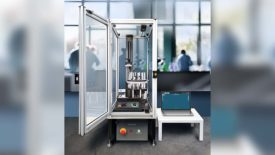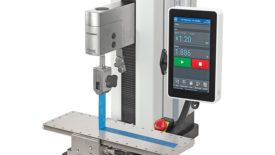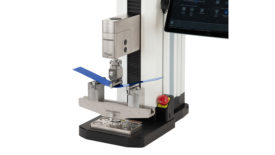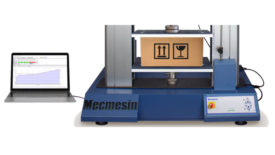Home » compression testing
Articles Tagged with ''compression testing''
Test & Inspection
Compression Testing Fundamentals
Compression testing can be a critical diagnostic tool in all phases of the product development cycle, from prototyping through production.
October 8, 2024
Quality 101
Compression Testing: How to Put the Squeeze on Materials for Quality Control
Compression testing is a vital process in quality control, helping manufacturers evaluate the strength, durability, and stability of materials.
October 6, 2024
Test & Inspection
Universal applications and implementations of UTMs
A universal tester can regularly be found implementing tension and compression applications in QC and R&D environments.
April 18, 2024
Quality 101
Materials Testing: Getting It Right the First Time
Materials testing submits a material or product to a thorough, in-depth "check-up" to ensure overall quality.
January 31, 2024
Test & Inspection
Crushing it: a granular breakdown of testing what shouldn’t break down
While tensile testing garners significant attention, compression testing is equally crucial.
January 26, 2024
NDT | Compression Testing
Understanding Compression Testing and Flexural Modulus, a Crucial Aspect of Material Strength Evaluation
Advancements in materials science and engineering breakthroughs are possible through the science of compression testing.
October 6, 2023
NDT | Back 2 Basics
Top-Load Compression Testing
The business advantages of top-load testing are clear, but the choice of test system can be a challenge
April 1, 2022
NDT | Compression Testing
Squeezing the Most Out of Compression Testing
The data derived from compression testers can be helpful throughout the life cycle of a product.
August 15, 2021
Stay in the know with Quality’s comprehensive coverage of
the manufacturing and metrology industries.
eNewsletter | Website | eMagazine
JOIN TODAY!Copyright ©2025. All Rights Reserved BNP Media.
Design, CMS, Hosting & Web Development :: ePublishing









